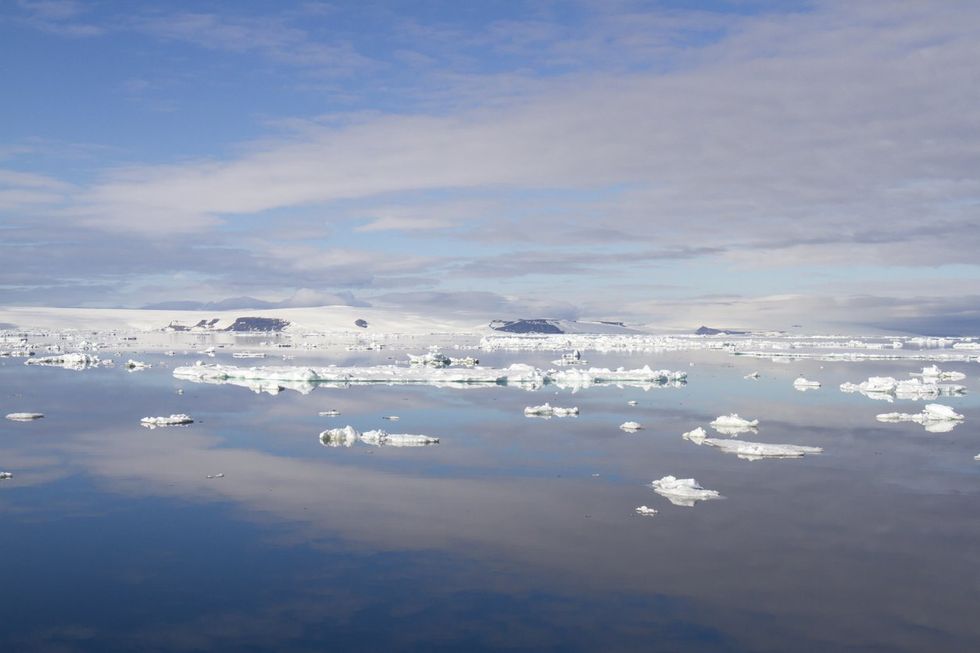Science & Tech
Moment massive glacier collapses in Iceland lagoon, sending tourists fleeing in panic …
Newsflare Viral / VideoElephant
In terrifying news for the planet, scientists have given an update on the so-called 'Doomsday glacier’ which is rapidly shrinking.
The Thwaites Glacier is found in West Antarctica, which measures about the size of Great Britain, and could impact sea levels around the world.
Unfortunately, a new study has focused on the warm, salty seawater below the glacier which could result in the glacier melting at an even quicker rate than previously feared. As ice melts in the glacier, the freshwater is replaced by warmer seawater.
Should the huge block of floating ice melt entirely, it would cause sea levels to rise by two feet, which would have a devastating impact.
The new study was published in the peer-reviewed journal, Proceedings of the National Academy of Sciences and was put together by expert glaciologists at the University of California, Irvine.

According to them, data recovered from Finland’s ICEYE commercial satellite suggests that projections of global sea levels could need to be reconsidered.
In fact, while the glacier contributes to four per cent of sea level rises, and if the glacier were to disappear completely, it would stop acting as a dam to more ice in Antarctica and lead to a sea level rise of around 10 feet.
Eric Rignot is a professor of Earth system science at the University of California at Irvine and co-author of the study. He told CNN: “In the past, we had only sporadic data to look at this.
“In this new data set, which is daily and over several months, we have solid observations of what is going on.”
He added: “This process of widespread, enormous seawater intrusion will increase the projections of sea level rise from Antarctica”.
It was recently revealed that the world’s biggest iceberg is drifting away from the Antarctic after being grounded there for more than 30 years.
The iceberg, which has the catchy name A23a, split from the Antarctic’s giant Filchner Ice Shelf in 1986, but has been stuck to the ocean floor since shortly after that time.
Sign up for our free indy100 weekly newsletter
How to join the indy100's free WhatsApp channel
Have your say in our news democracy. Click the upvote icon at the top of the page to help raise this article through the indy100 rankings
Top 100
The Conversation (0)
x














